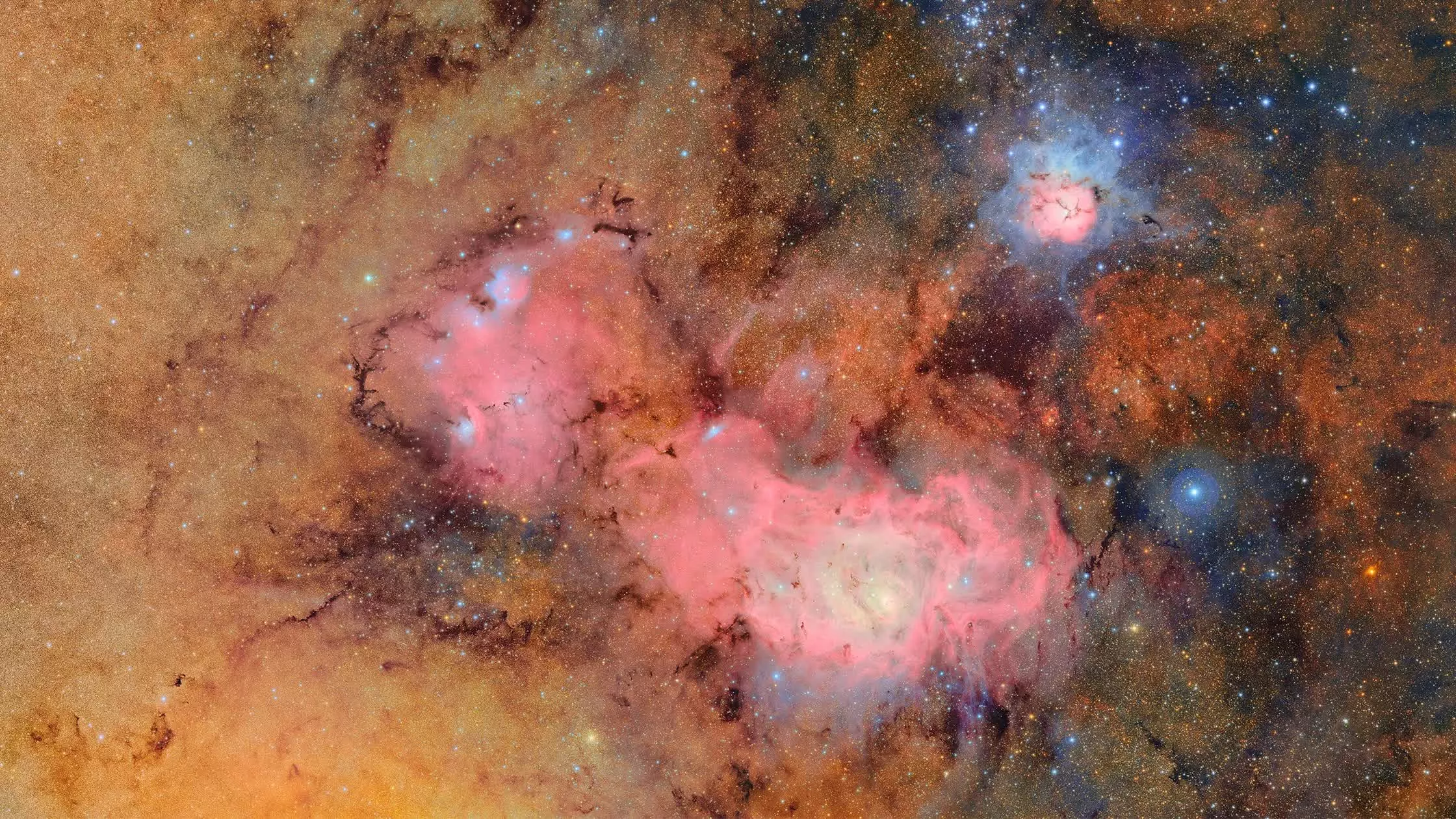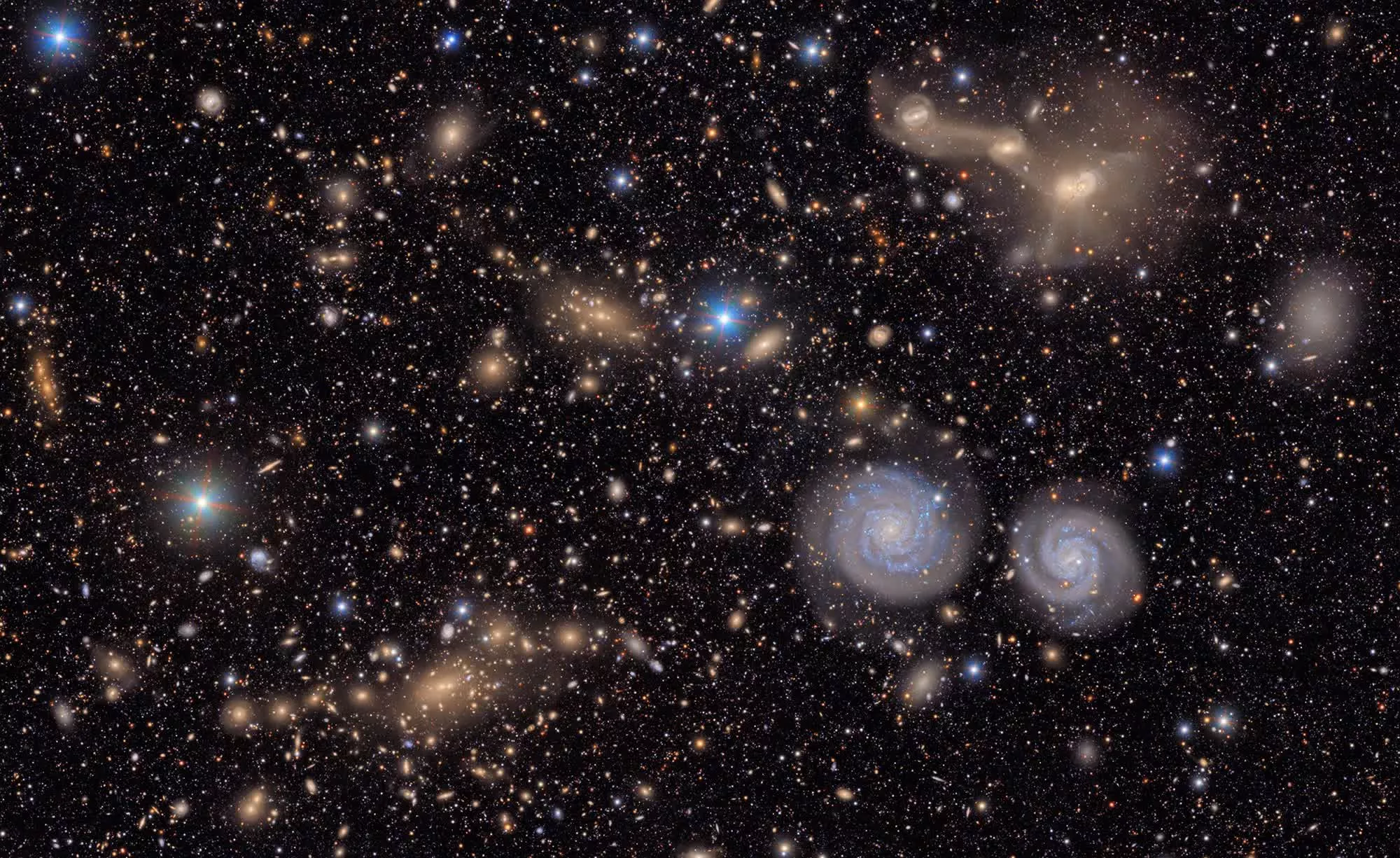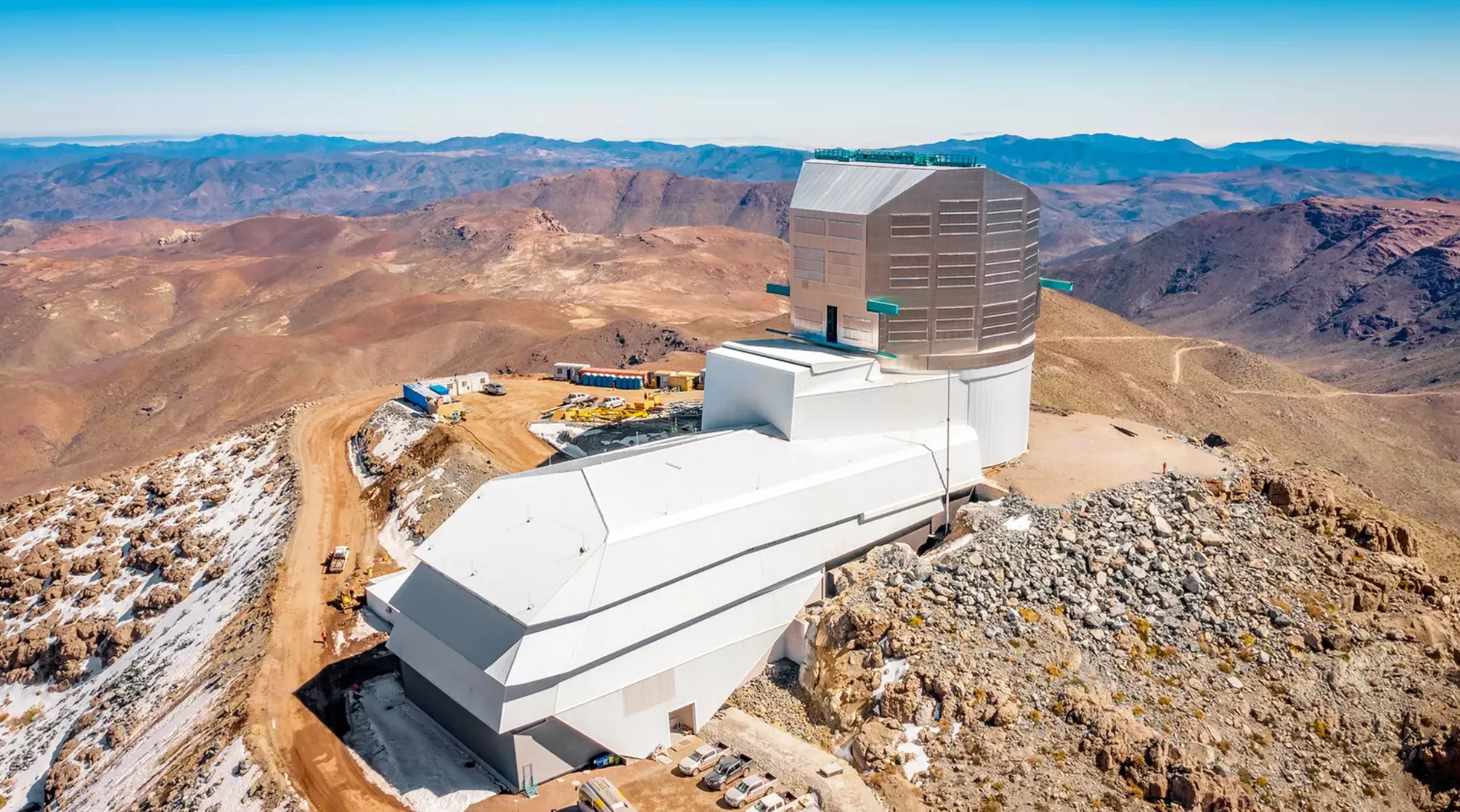What just happened? The first incredible images taken by the car-sized camera at the Vera C. Rubin Observatory have been released. The pictures show distant galaxies and dust clouds thousands of light years away from Earth, all captured in breathtaking detail across just over 10 hours of test observations.
The Legacy Survey of Space and Time (LSST) camera at the $810 million 18-storey Vera C. Rubin observatory in Chile, named after the US astronomer who discovered evidence of dark matter in 1978, captured the light from millions of distant celestial bodies on what is an unprecedented scale.
Among the initial observations were 2,104 previously undiscovered asteroids, including seven near-Earth asteroids – they're said to pose no threat to our planet. The National Science Foundation said Rubin Observatory is expected to uncover millions of space rocks in its first two years, making it the most effective method of spotting comets or asteroids traveling through our solar system.
The team also released a mosaic of the Trifid and Lagoon nebulae (top). The image is made up of 678 separate images taken over seven hours, capturing never-before-seen details that are 9,000 light years from Earth.
The observatory is located on Cerro Pachón, a mountain in the Chilean Andes. The area is extremely dark, making it perfect for observing the night sky. The BBC notes that full-beam headlights cannot be used when driving up the road to the observatory at night.
The telescope uses a unique three-mirror design in which light from the night sky hits the 27.5-foot primary mirror. The light is reflected onto a 10.8-foot secondary mirror then onto a 15.7-foot third mirror before entering the 3.2-gigapixel camera, which measures 9.8 feet x 5.4 feet and weighs around 6,173 pounds.
The wide field of view allows it to capture interacting galaxies as well as broad views of millions of galaxies, said Dr. Yusra AlSayyad, deputy associate director of the data management subsystem for the Rubin Observatory, giving it a movie-like aspect of the night sky. The camera can grab an area of sky about 40 times the size of the full Moon in a single exposure.
The observatory will observe the entire southern sky every three to four days, repeating the process for over a decade. The project is expected to map around 20 billion previously unknown galaxies, find about 90,000 new near-Earth asteroids, and answer questions about dark matter, creating as much as 500 petabytes of data across the 10 years.
Vera Rubin could also answer the mystery of whether a ninth planet exists in our solar system within its first year of operation. It may be somewhere far beyond Neptune and orbit the sun every 10,000 to 20,000 years.


